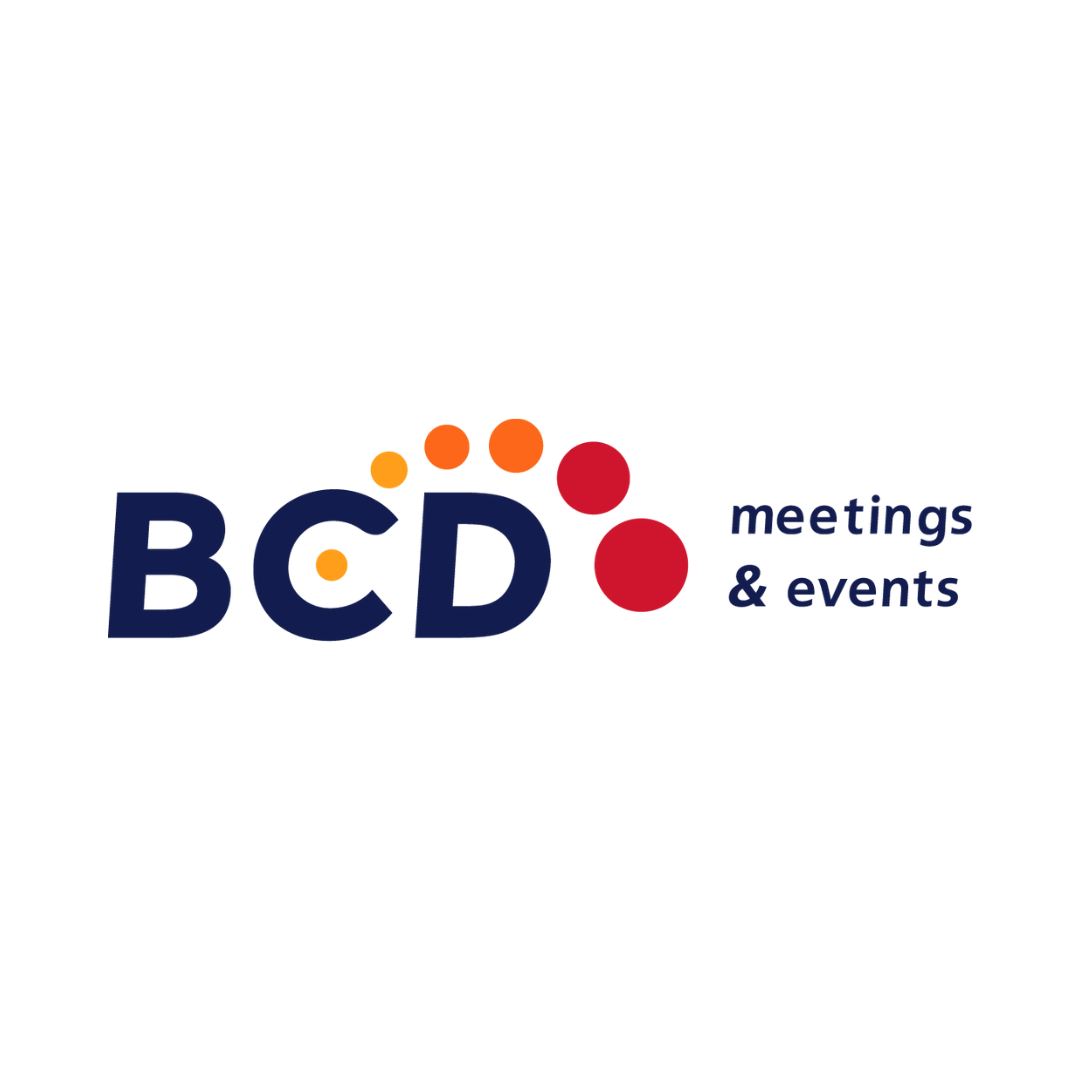Recent months have brought a lot of change to the meetings and events industry. We’ve had to adapt quickly and be flexible to meet challenging times and seamlessly shift programs from live to virtual for our clients. In the Life Sciences space, our teams have been able to transition hundreds of programs to virtual meetings over the last 6 months.
Transitioning Life Sciences Programs
for Virtual Meeting Success
Here, we talk with Liz Dodson, Global Account Director for our Life Sciences customers, to understand how she and her teams have successfully navigated rapid changes and how we’ve continued to support clients through the last several months.
Virtual Life Sciences Programs Q&A
with Liz Dodson, Global Account Director
“The world is relying on healthcare professionals and life sciences companies to discover not only a vaccine for this current epidemic, but to bring to market treatments and cures for myriads of other disease states that have been waiting in the wings. Those patients need the outcomes that happen when medical professionals and life sciences companies come together.”
Q: In what ways has the role of a planner changed?
In many ways, the role of the planner has NOT changed. Our meeting managers consult with meeting owners on the ideal agenda and format of their meetings, source and suggest vendors that best fit the meeting’s design, manage the overall budget, and communicate with attendees. The major change is now the meeting planner is sourcing vendors for a virtual environment instead of a face to face environment.
Q: With all of the moving pieces, what factor would you say has been most instrumental in our ability to adapt for clients?
No matter the type of interaction, our life science clients’ number one priority is the experience of their external delegates- both HCPs and patients. Our thoughtful communication with HCPs ensures they understand the virtual meeting process, and therefore have a positive experience. Our ability to guide both our clients and their key stakeholders through the complex world of virtual meetings has made us instrumental partners in this new environment.
Q: Have you seen regional differences in how clients have chosen to manage their meetings?
Before the COVID-19 pandemic, there were distinct regional differences in the adoption of virtual meetings. The U.S. was one of the only countries where virtual meetings were prevalent. Now, we are seeing virtual meetings successfully take place in every region of the world. Attendee engagement strategy should be tailored based on local cultures and customs to maximize success.
Read our Virtual Product Launch case study from the team in Costa Rica
Q: What compliance factors do you need to be mindful of when executing virtual events for life sciences companies?
Since there is minimal transfers of value in a virtual world, compliance is sometimes overlooked. However, compliance is just as critical in a virtual environment. HCPs often need to sign a contract prior to attending, and their attendance must be carefully tracked and certified. Some programs may even need to consider attention tracking. Also, food and beverage must be closely examined. Recently, associations like PhRMA and AdvaMed have put out guidance on providing meals for virtual educational programs. Finally, the content shared at life science meetings is confidential, and protecting it is more complicated in the virtual environment. Our teams are experts at navigating the complexities of compliance in the virtual world.
Q: What types of meetings have we executed since the pandemic began?
The world is relying on healthcare professionals and life sciences companies to discover not only a vaccine for this current epidemic, but to bring to market treatments and cures for myriads of other disease states that have been waiting in the wings. Those patients need the outcomes that happen when medical professionals and life sciences companies come together. So, in that sense, the world hasn’t stopped and meetings are still taking place. The way they look and feel, the size and duration-those have changed a bit. We have managed almost every type of life science meeting over the last six months, including both internal and external meeting types. Some examples of internal meetings are sales meetings and product launches. External meeting types have included advisory boards, investigator meetings, committee meetings, speaker programs, congress management, product theaters/symposium, and speaker trainings.
Q: Why do you think life sciences clients are open to transitioning to virtual?
I think there are two reasons. First, as mentioned above, life sciences meetings must take place. Improving patient outcomes is at stake. Second, it was a natural evolution. Many of our life science clients were already were familiar with virtual meetings, and have been successfully holding virtual meetings for years. Historically, virtual formats were more common in external meetings with HCPs, as they are busy and their time in-office with their patients is incredibly valuable. So, virtual meetings were historically used for shorter sessions or meetings with very short lead time. Because virtual was already built into their strategy/process/compliance, it was easy for these life science companies to pivot to virtual formats for all of their meeting types when COVID-19 shutdown travel. We had one customer convert a series of planned face-to-face advisory boards to virtual meetings with just 2 days notice.
Originally published Sep 21, 2020 12:41:31 PM
Last updated on Jan 3, 2023 4:52:21 PM


